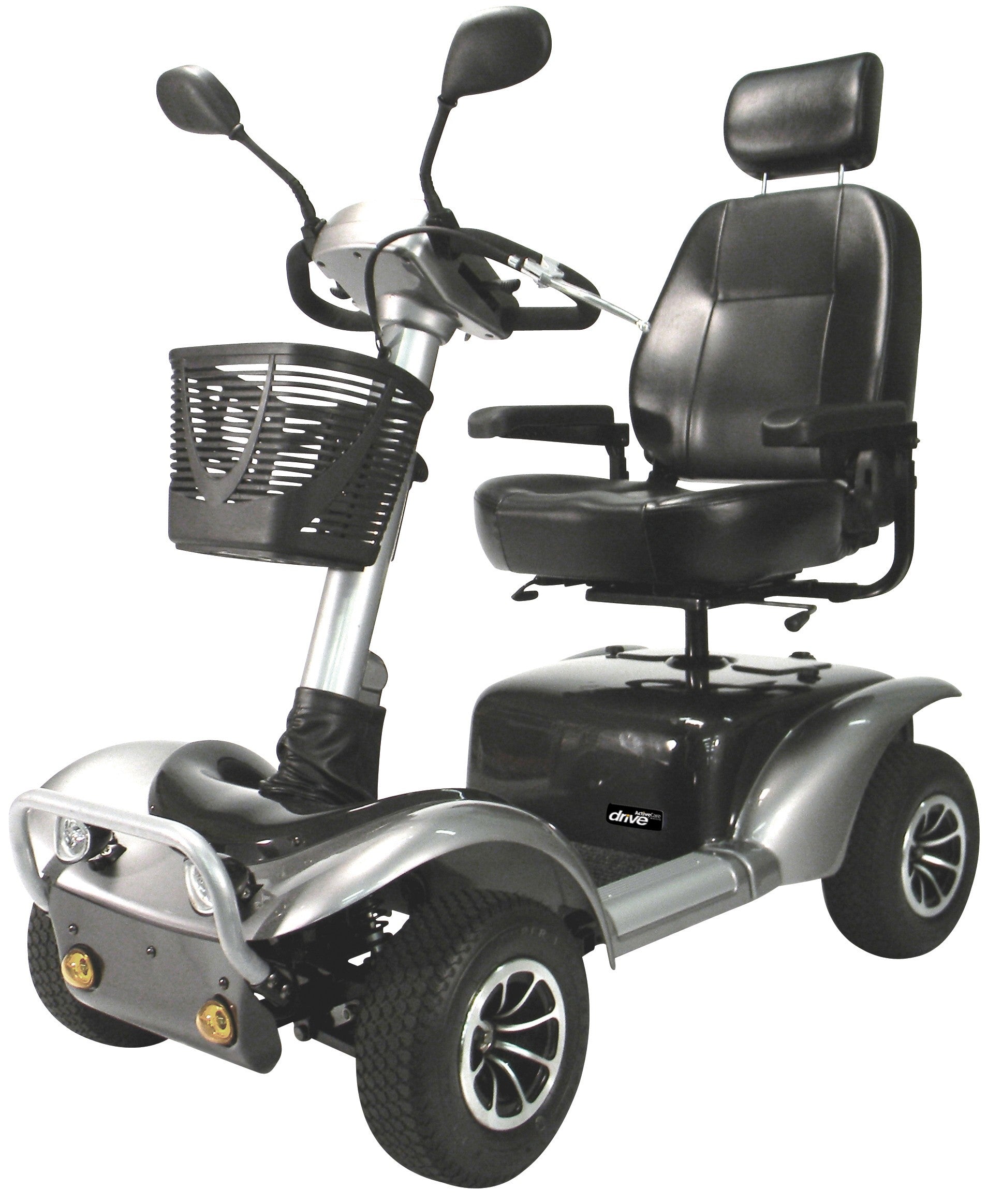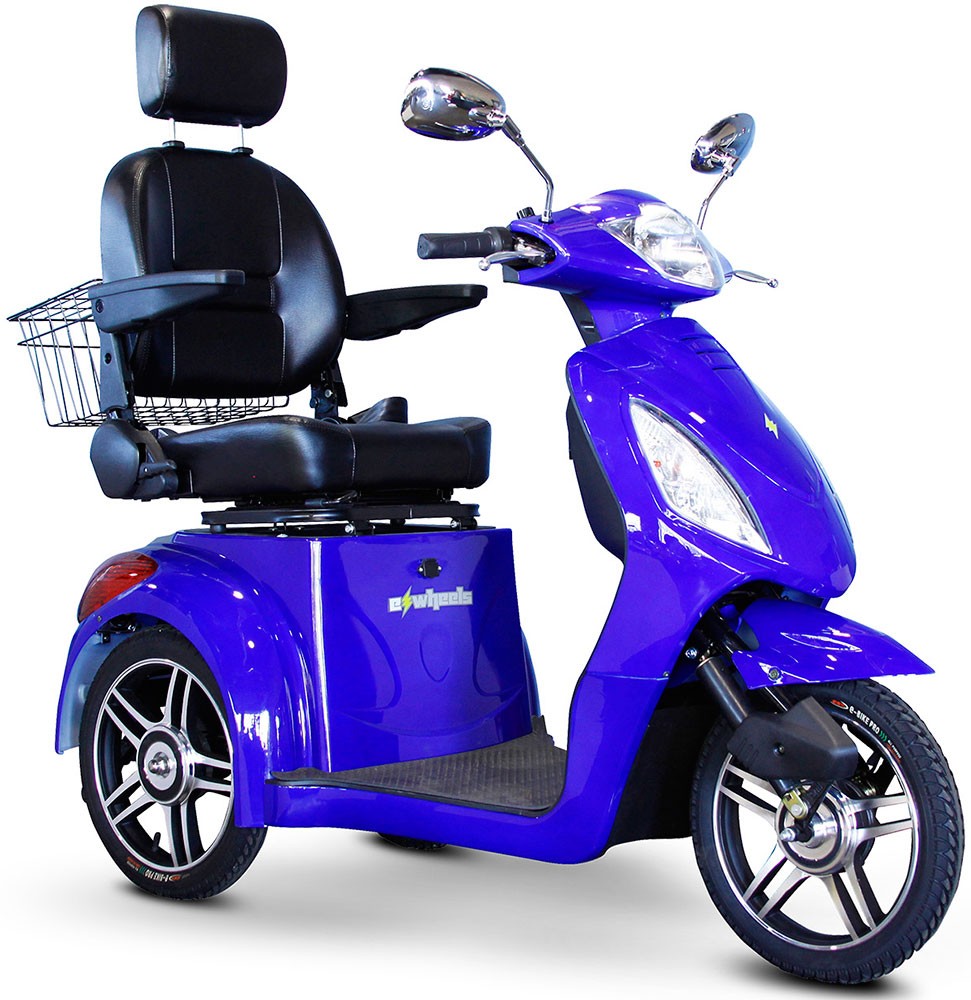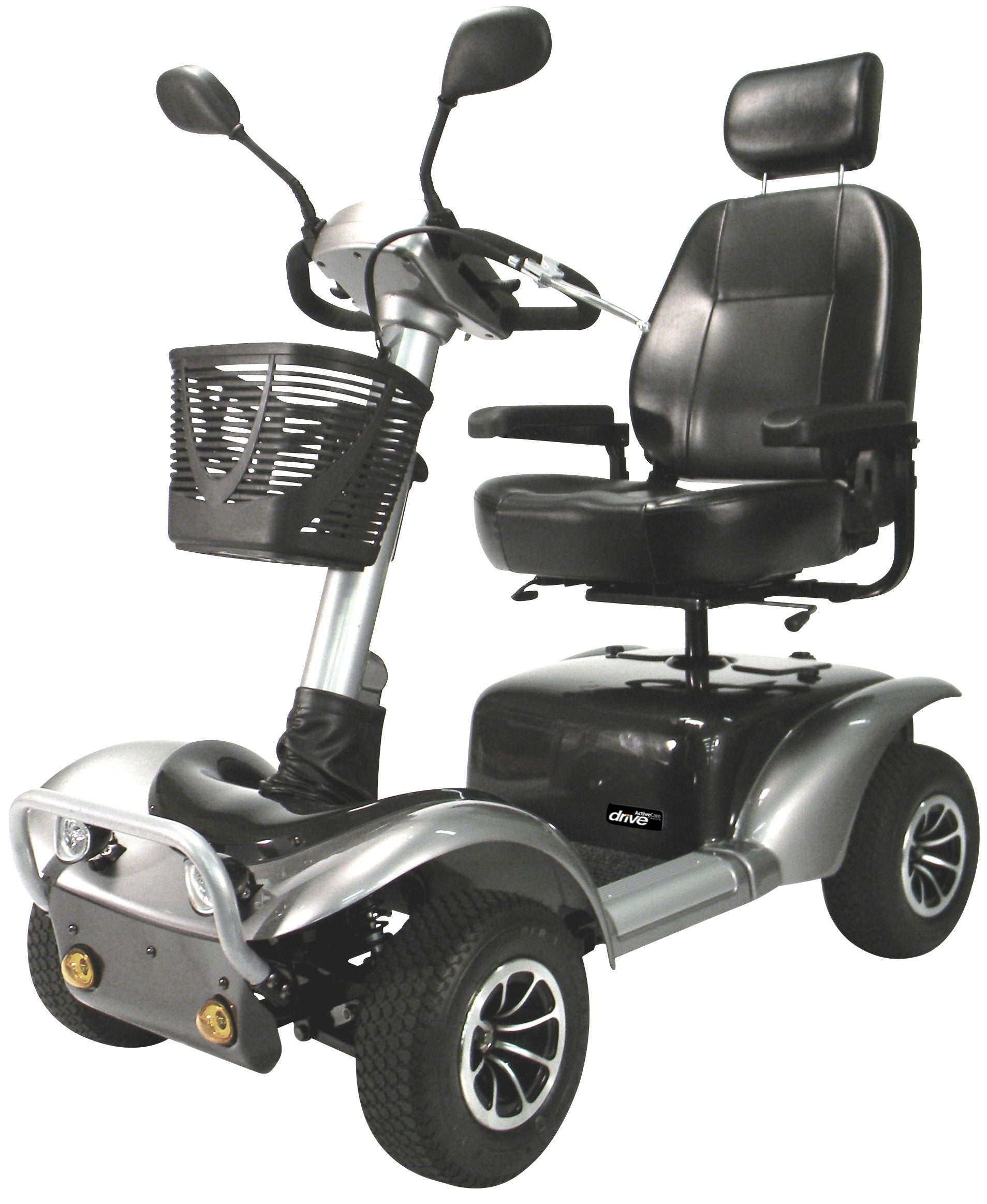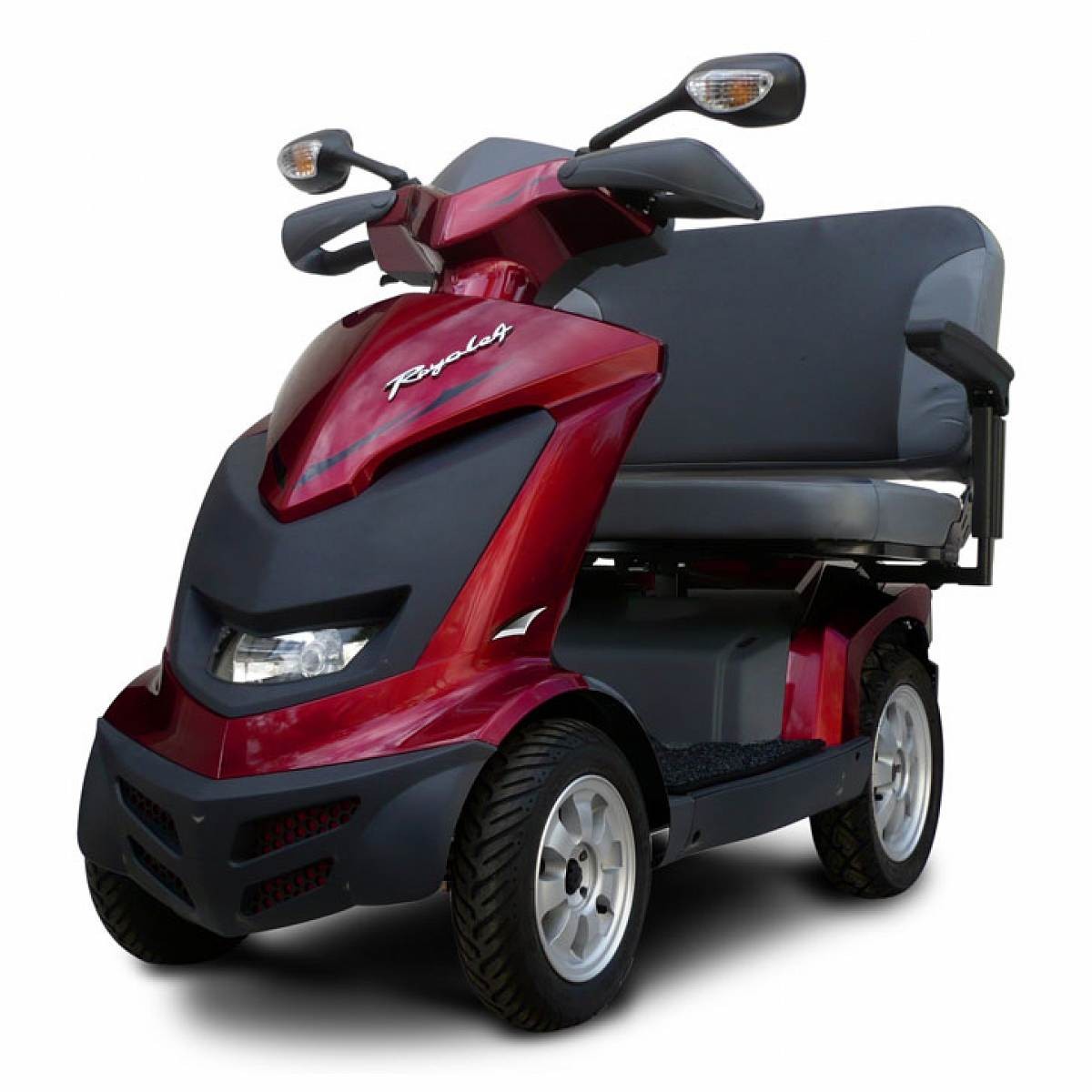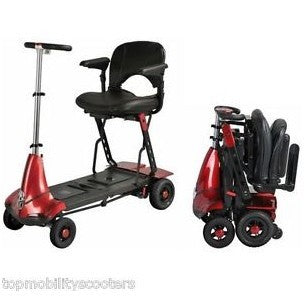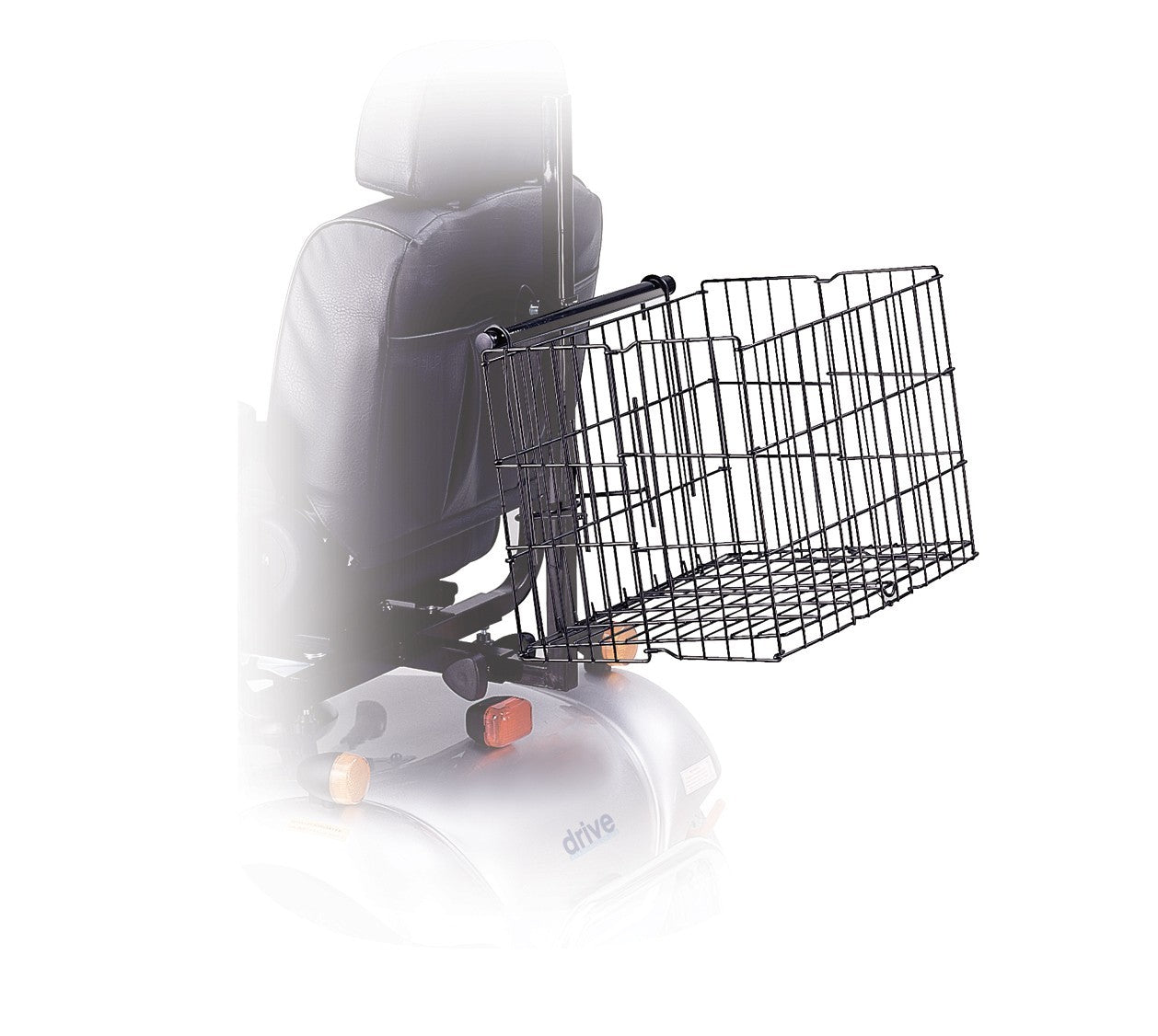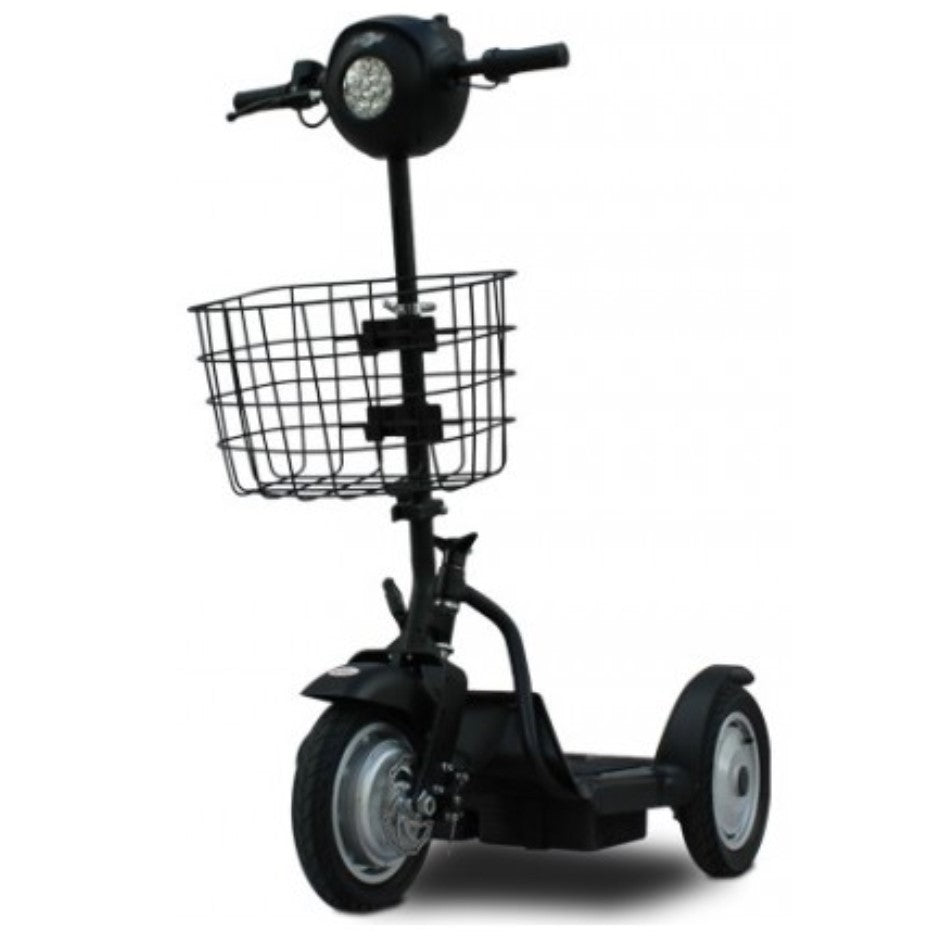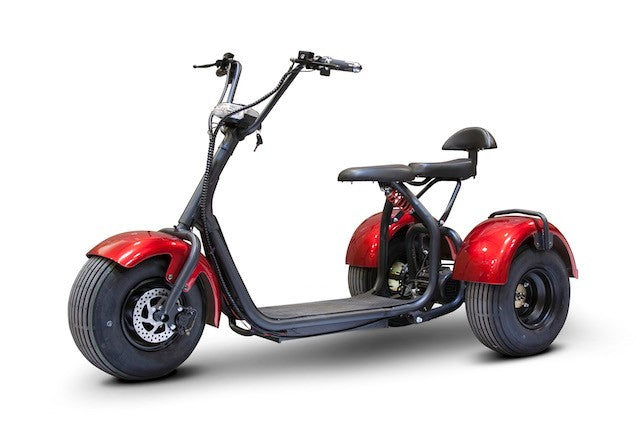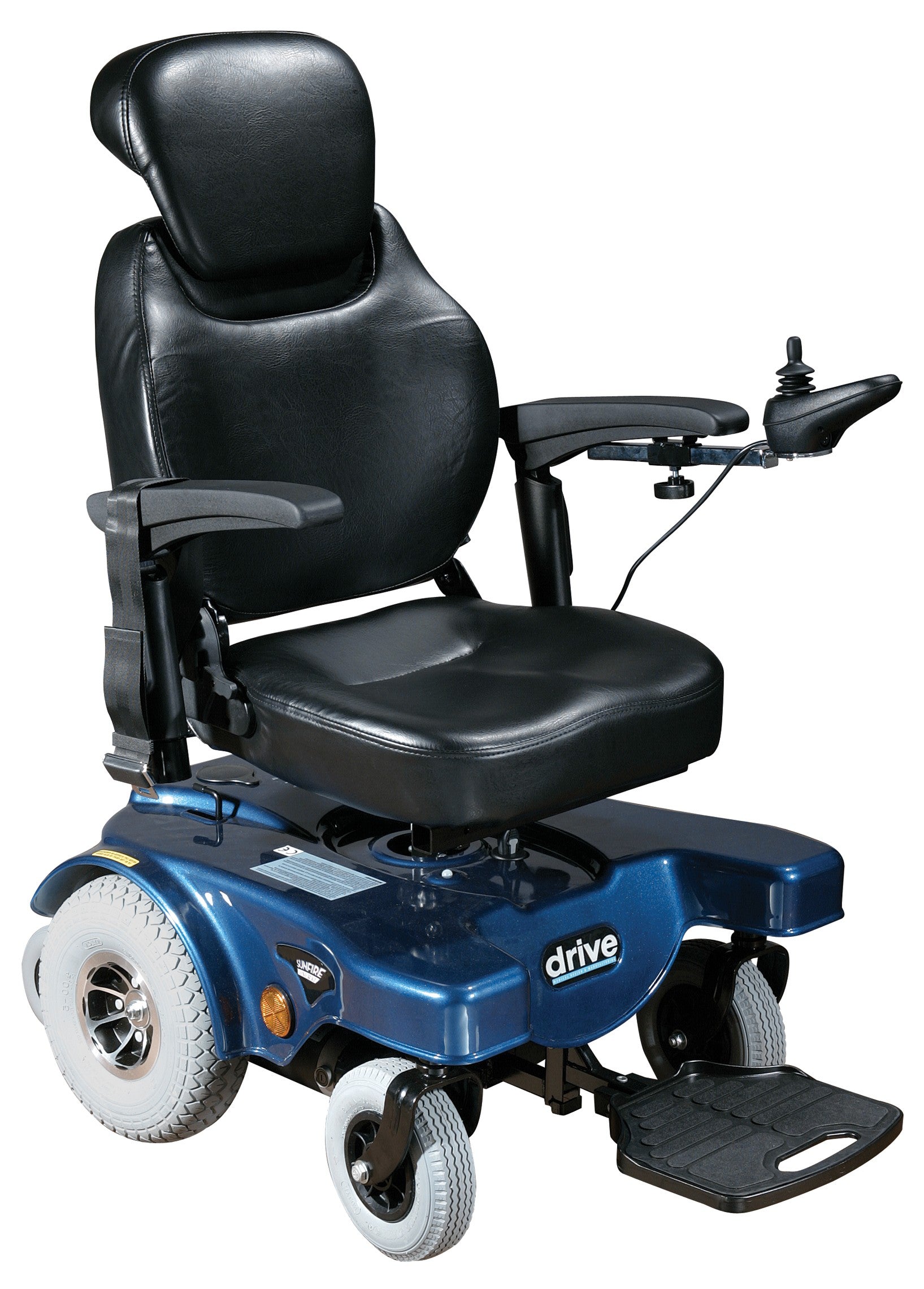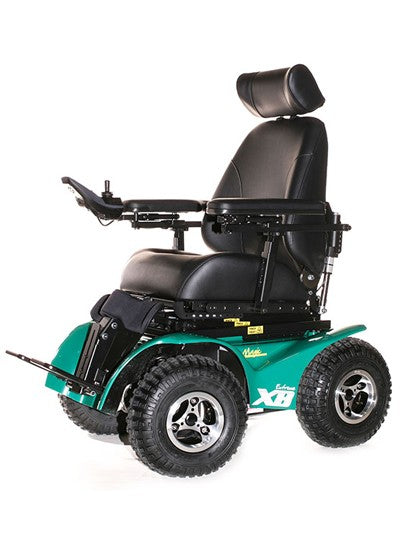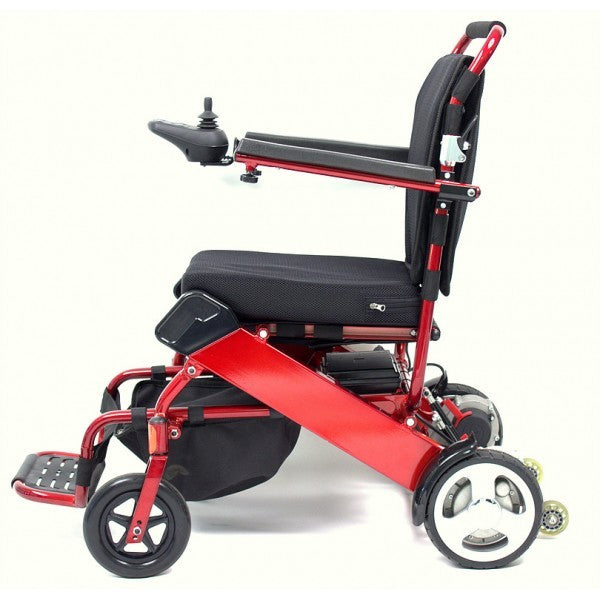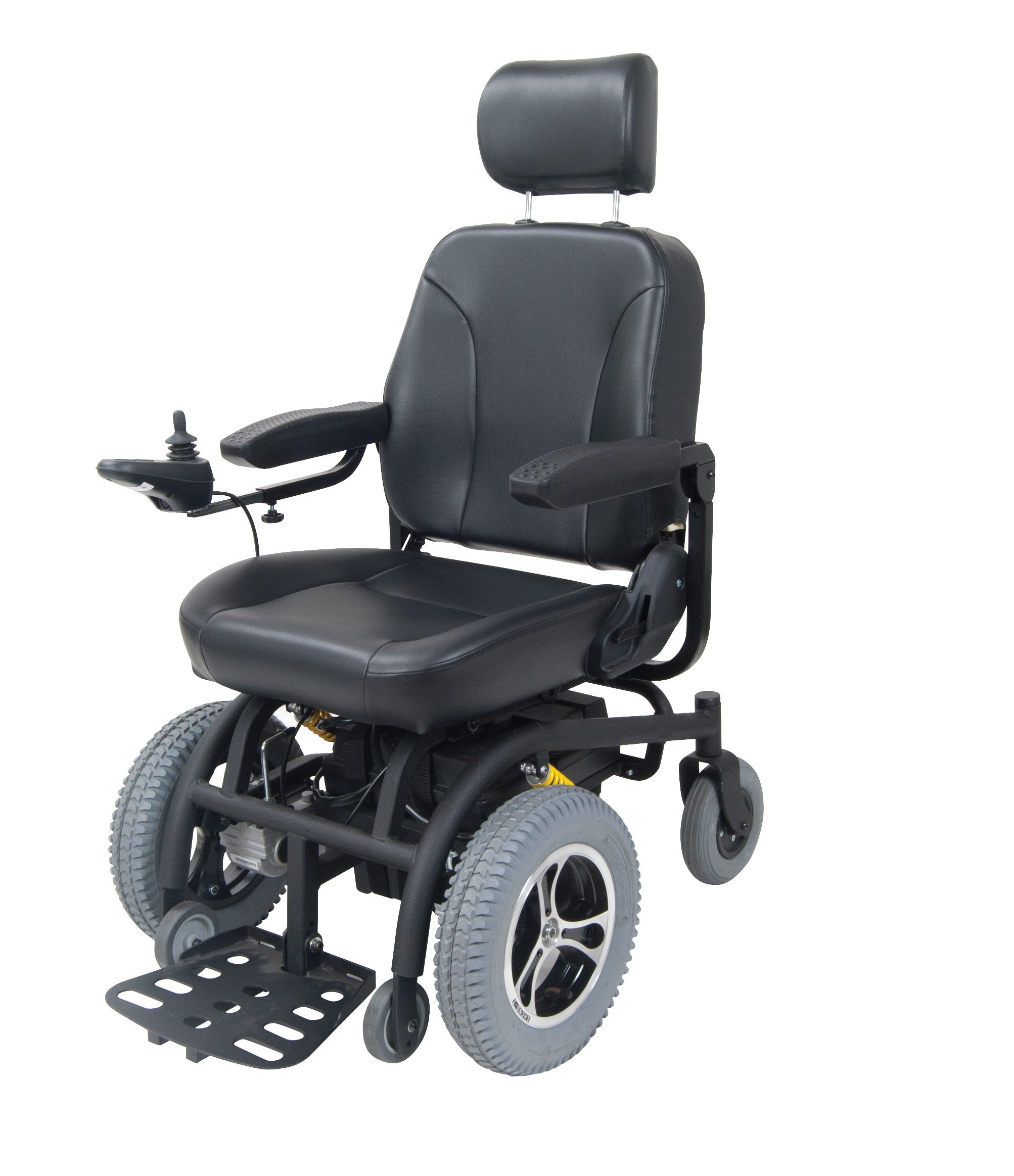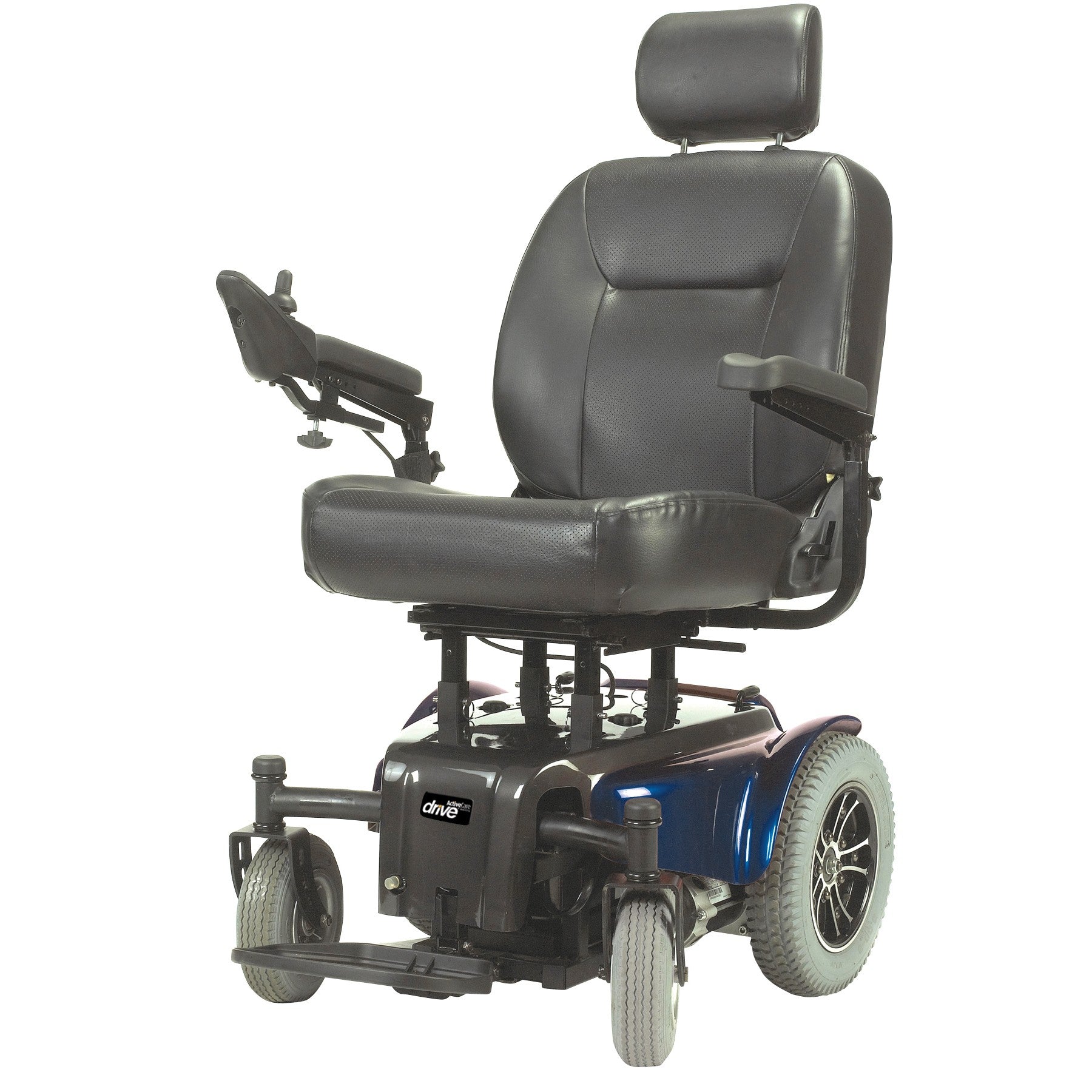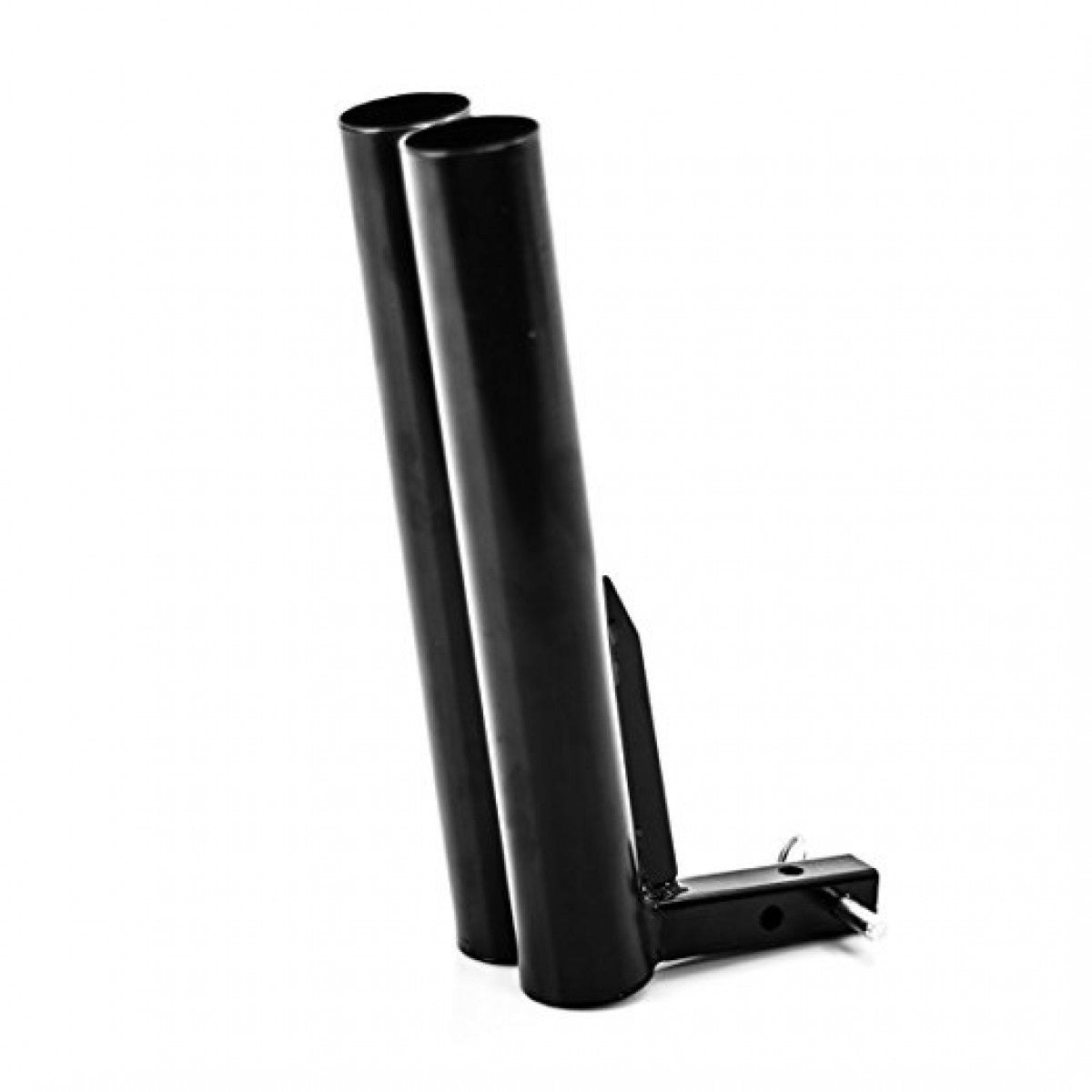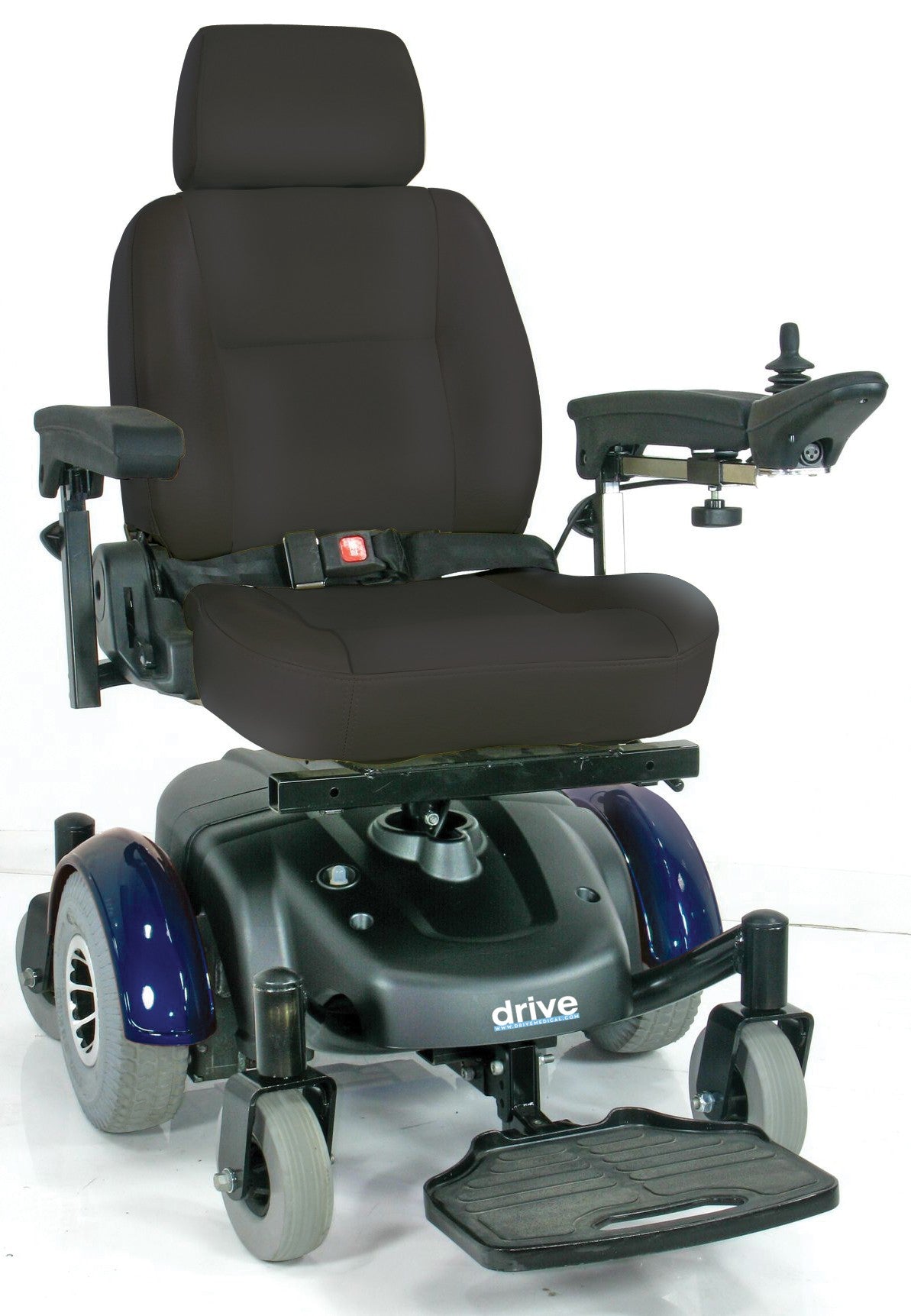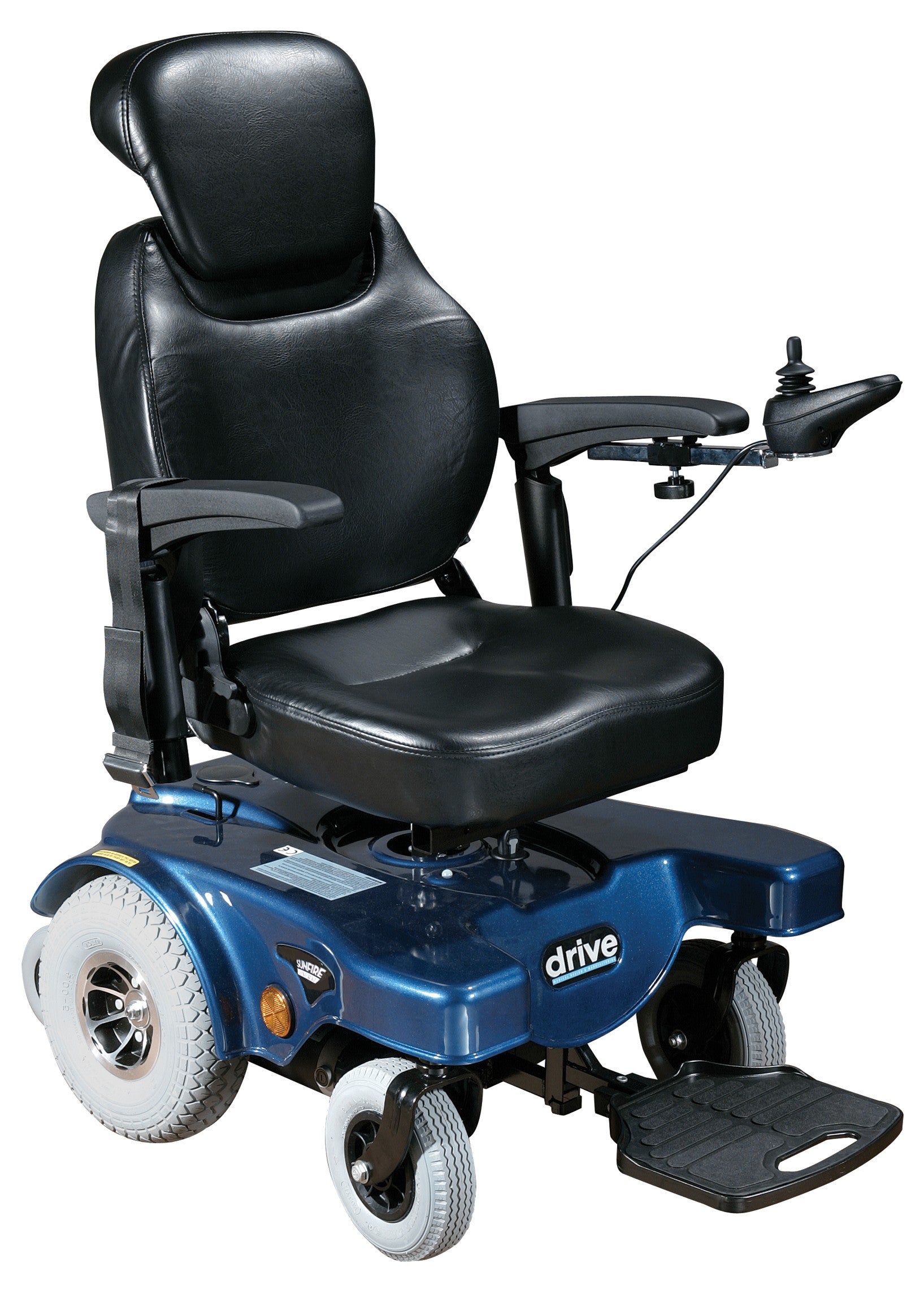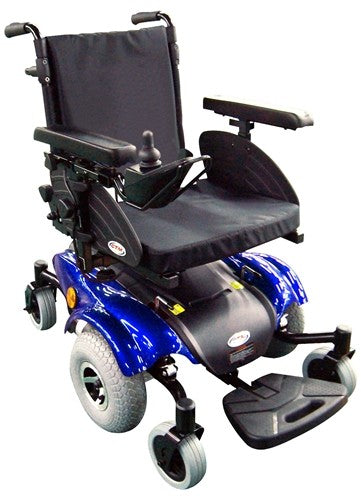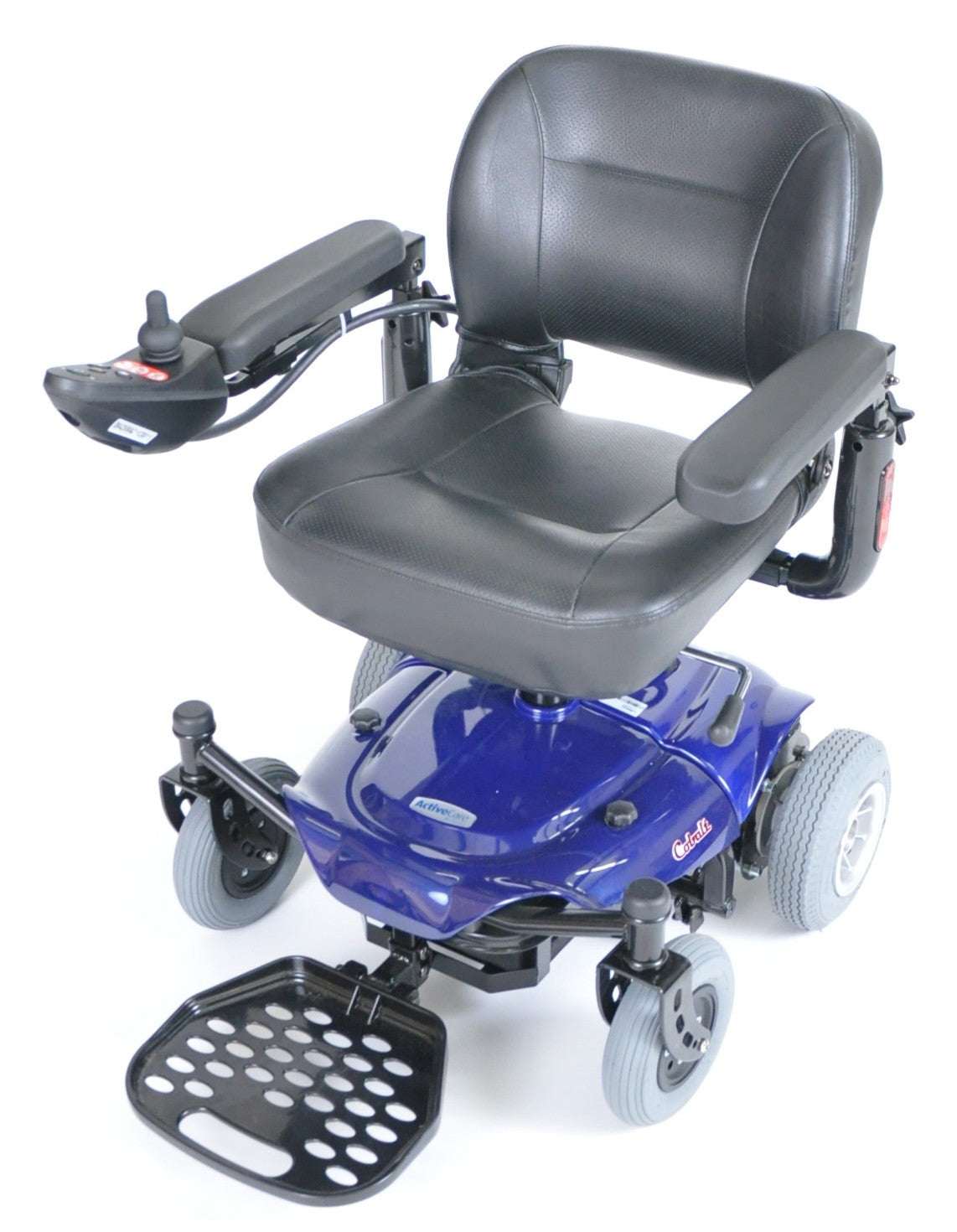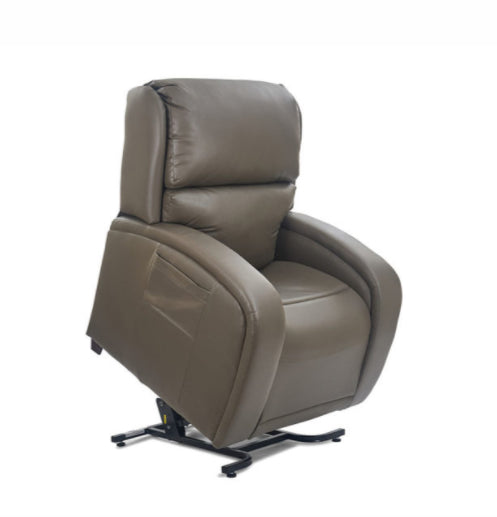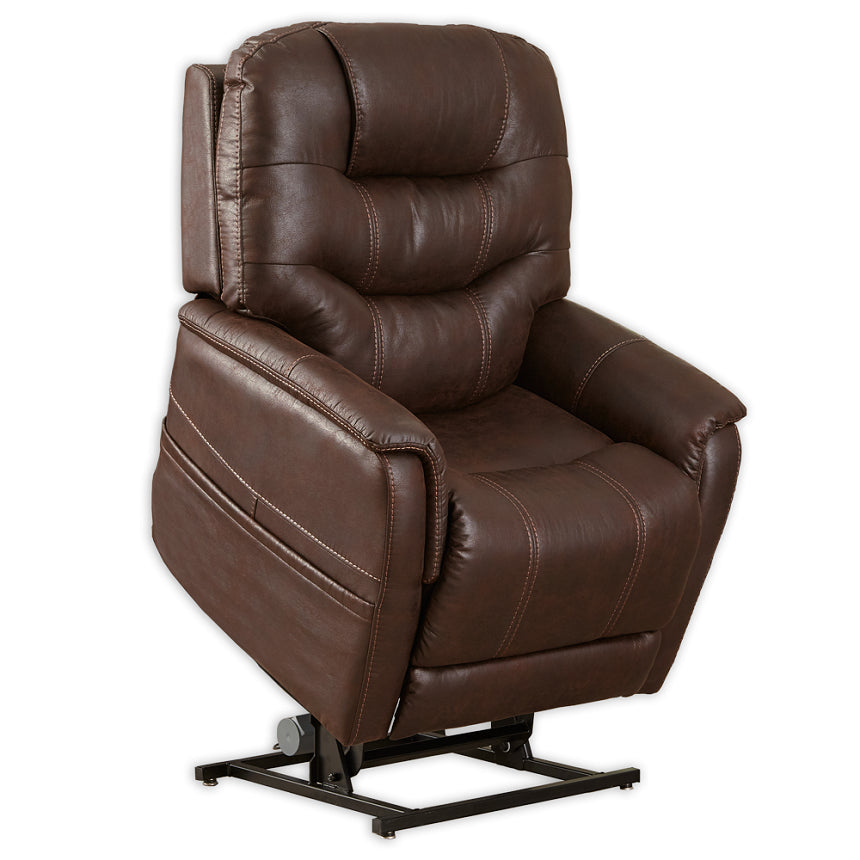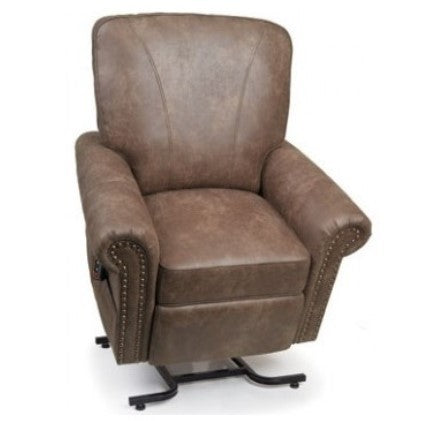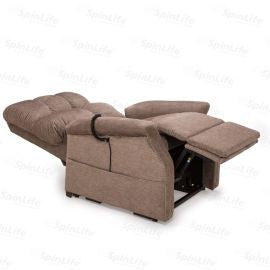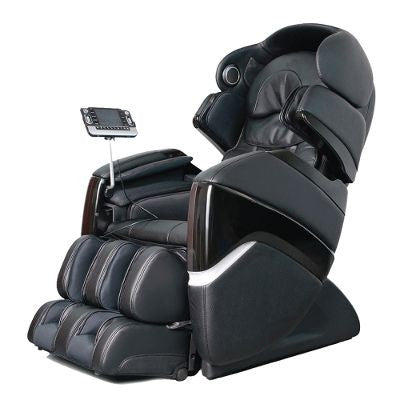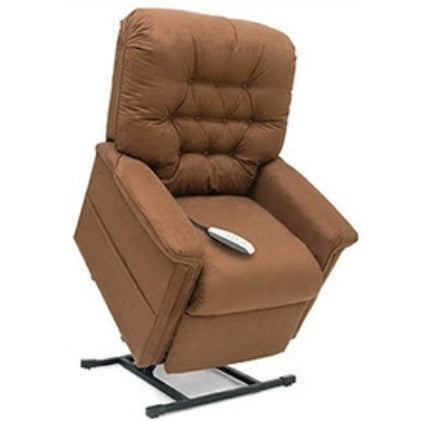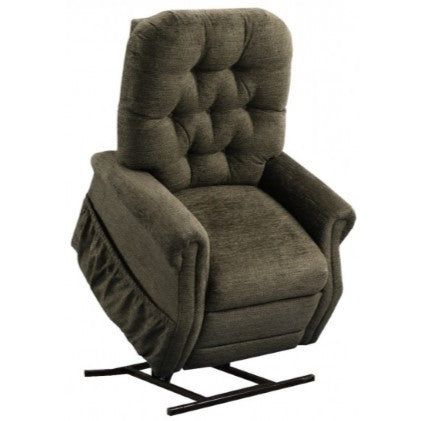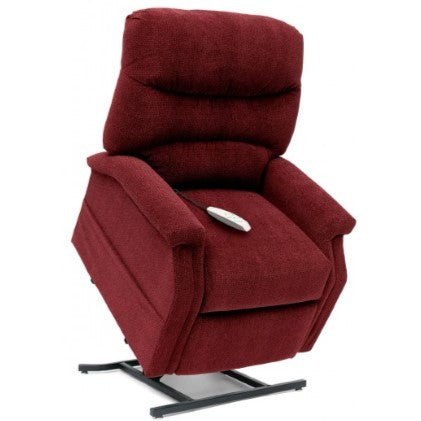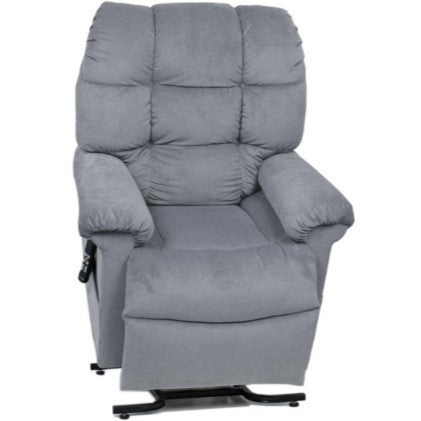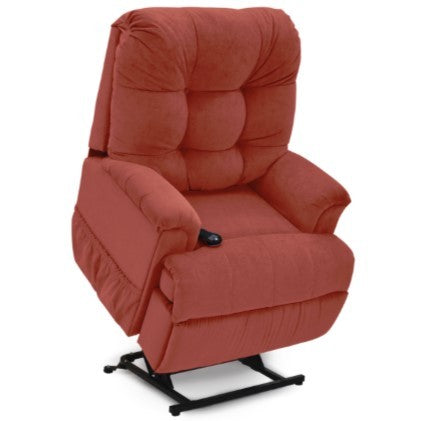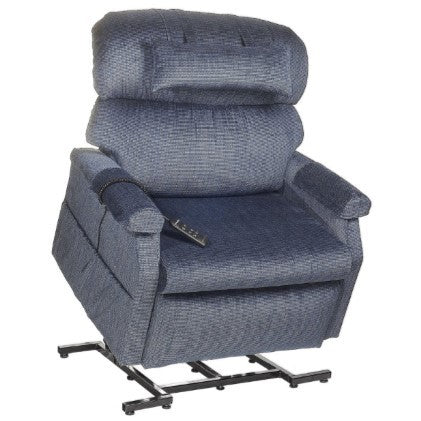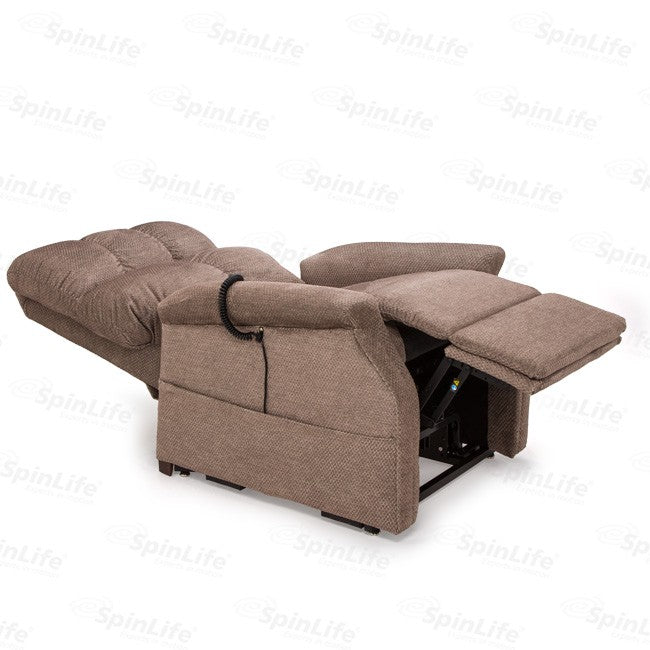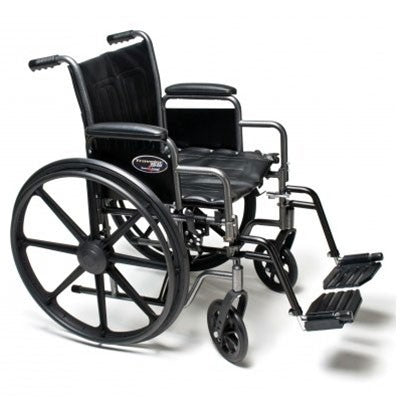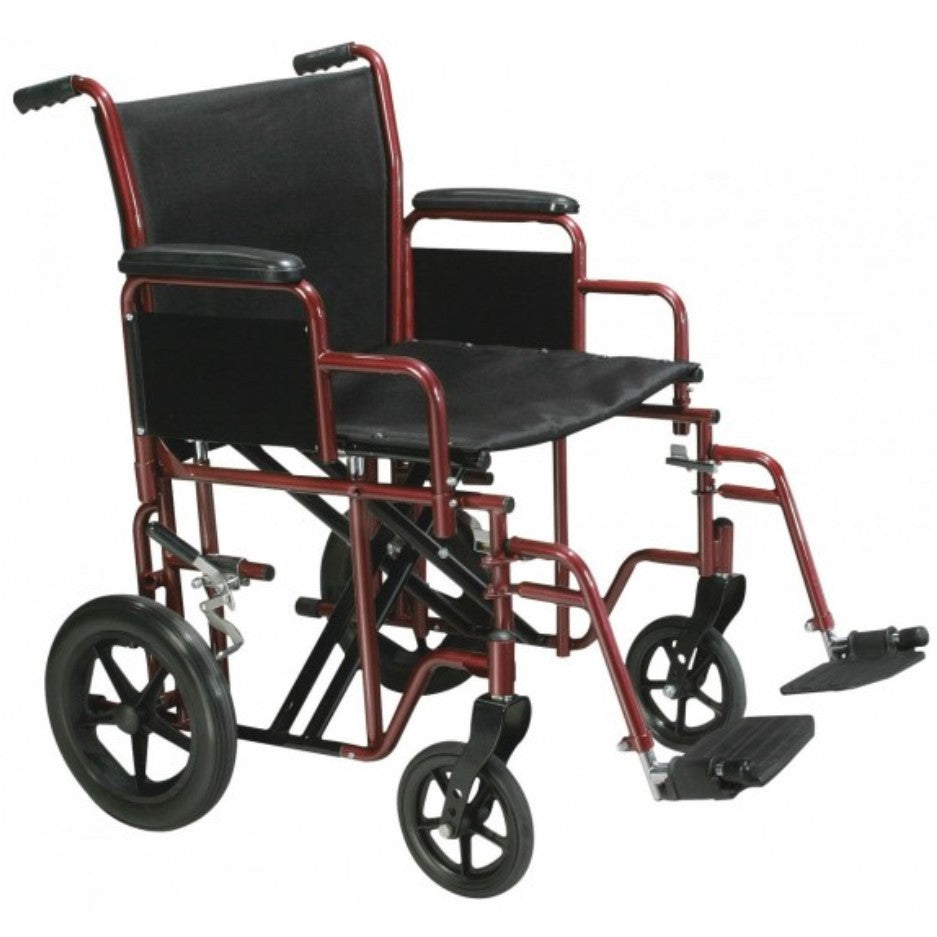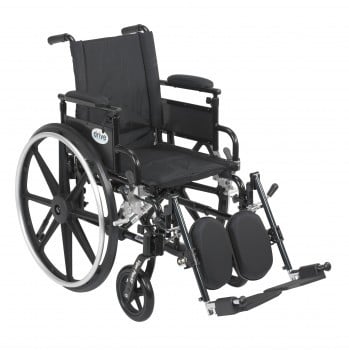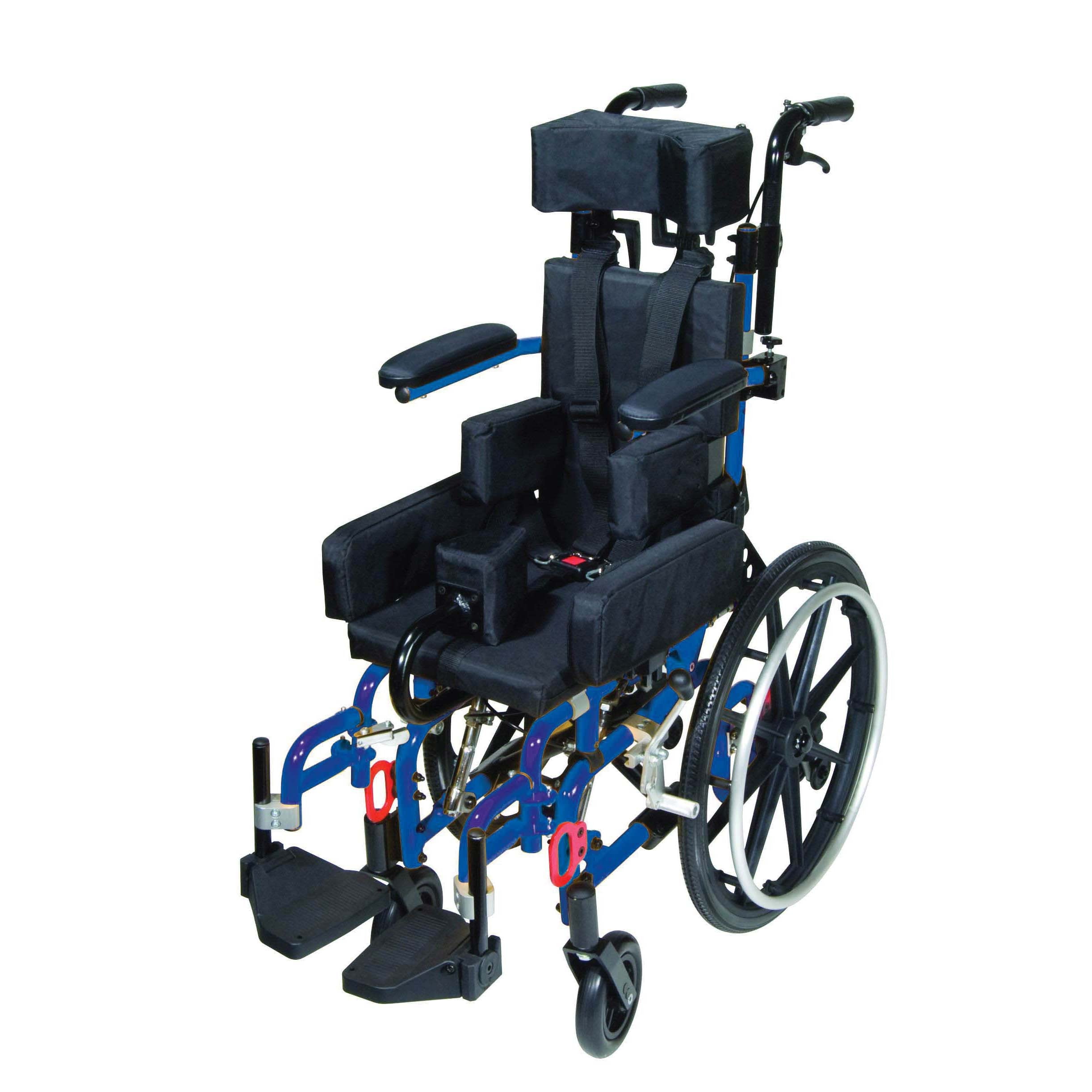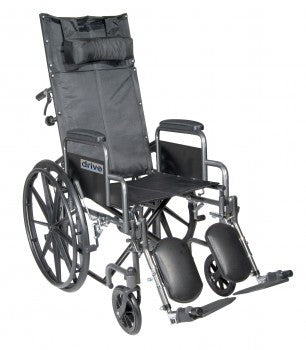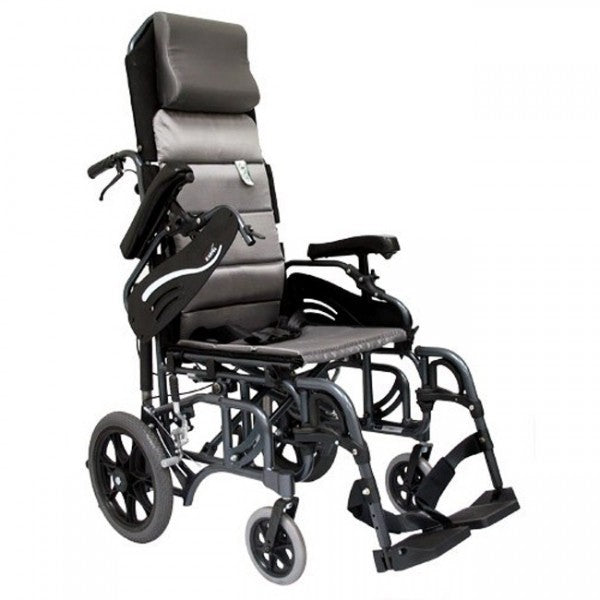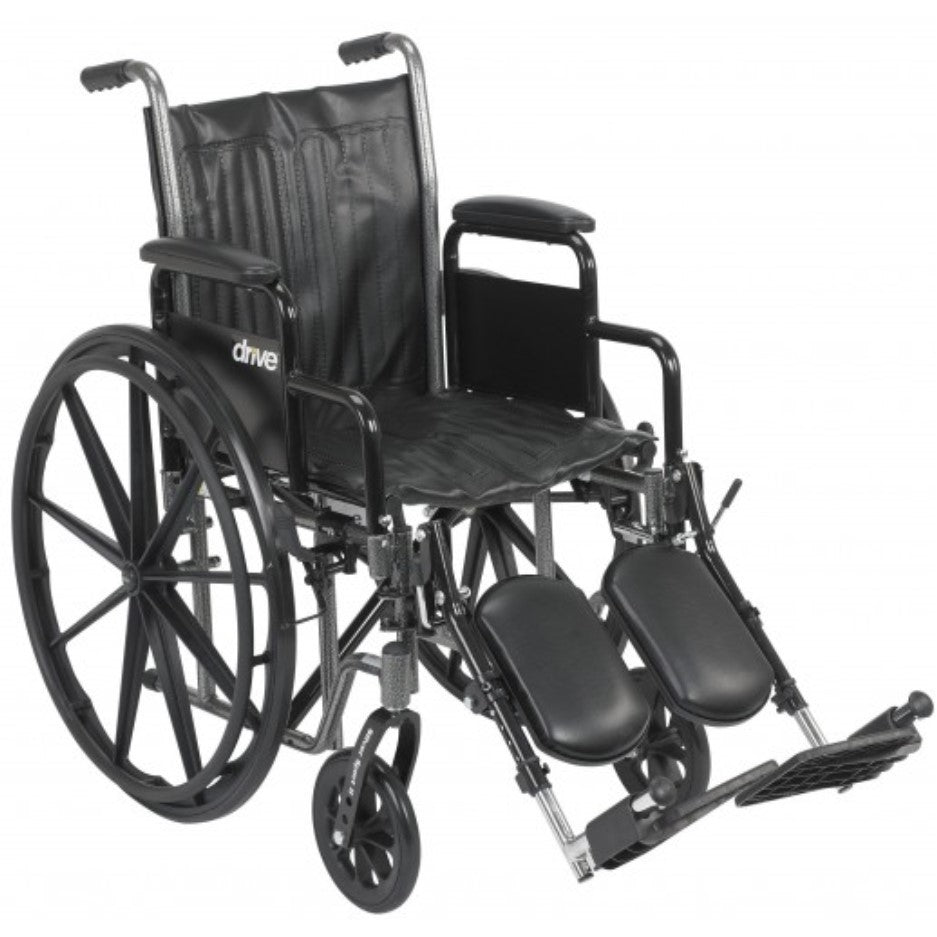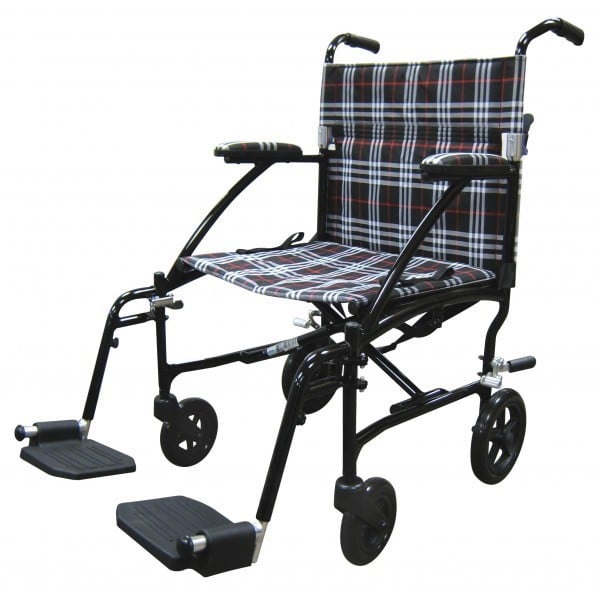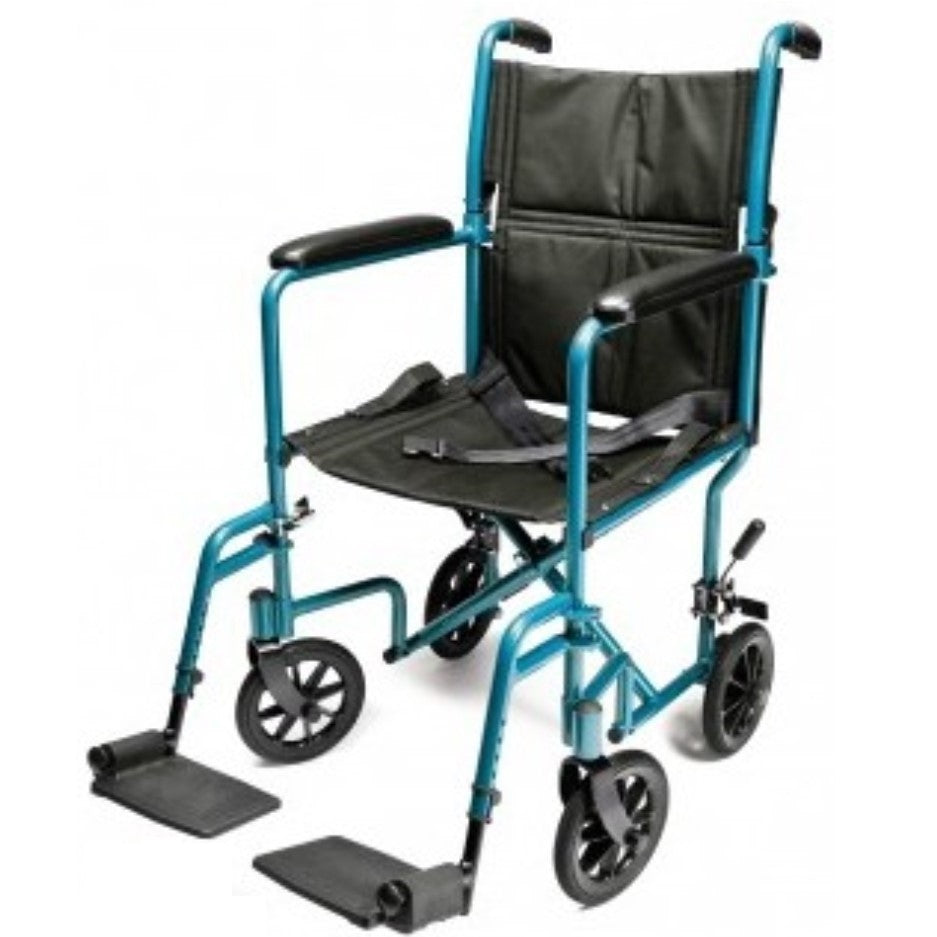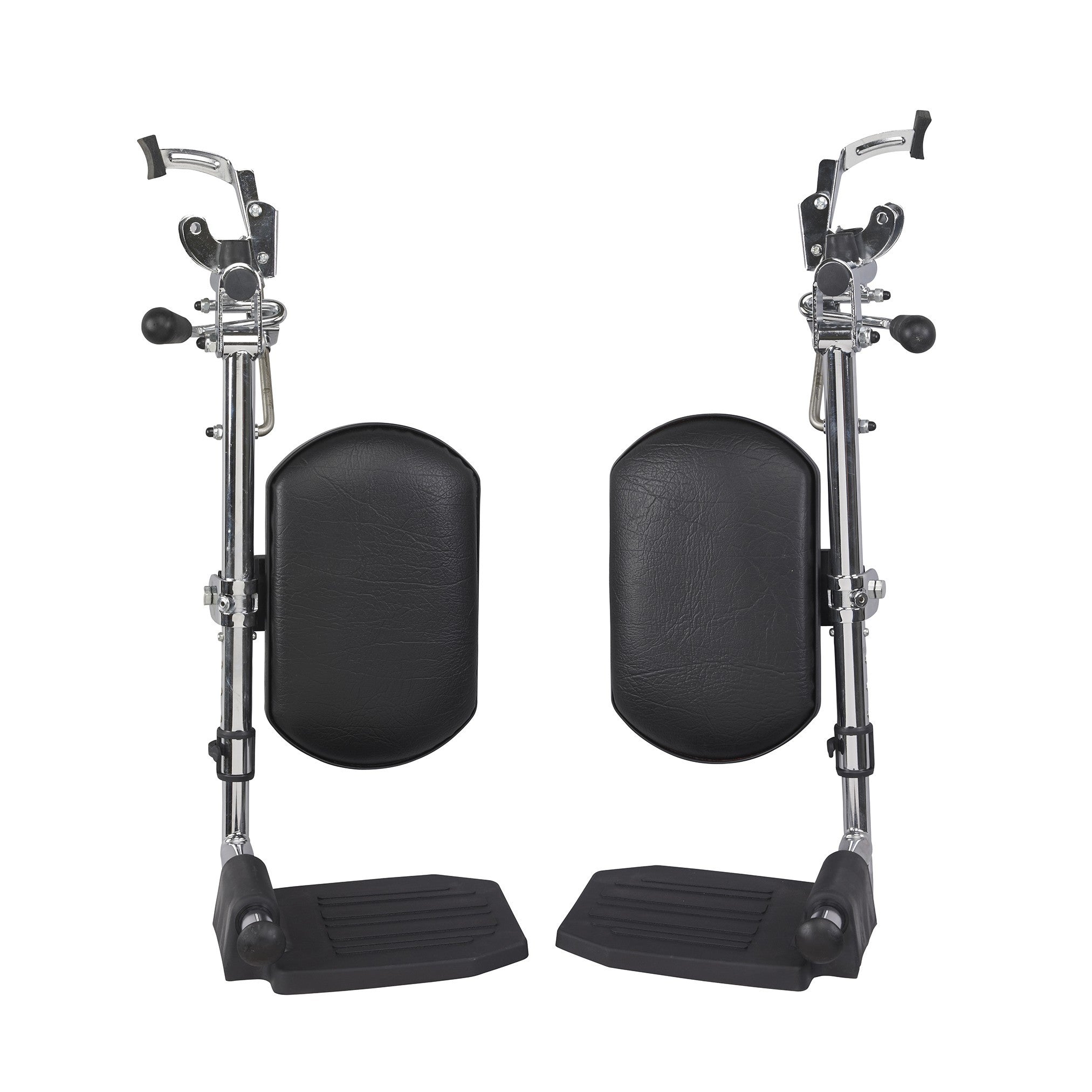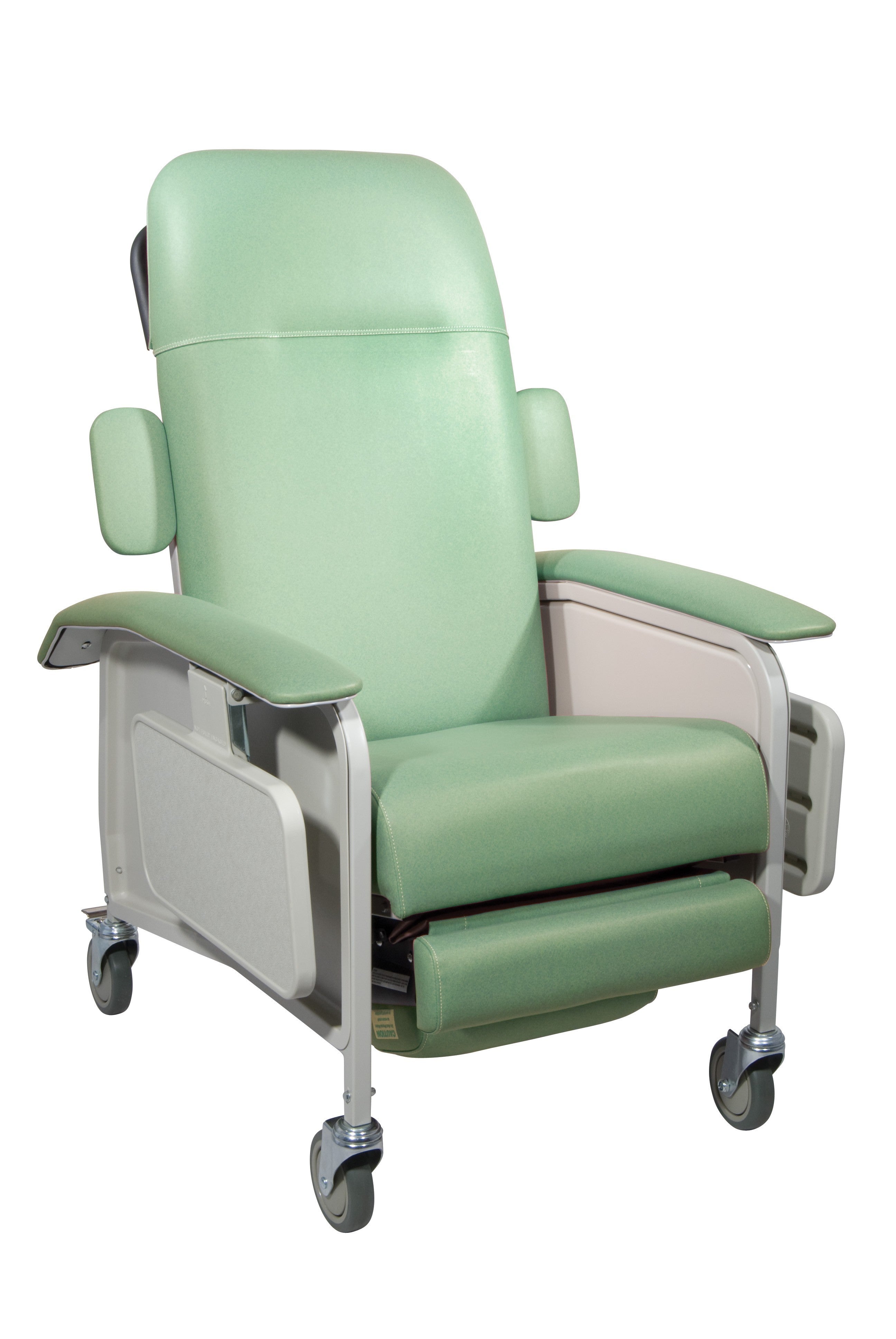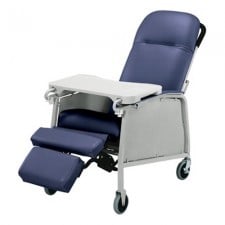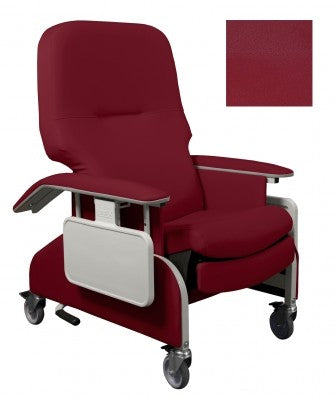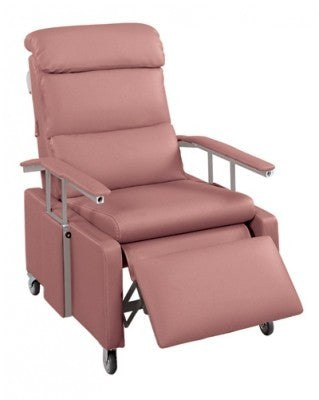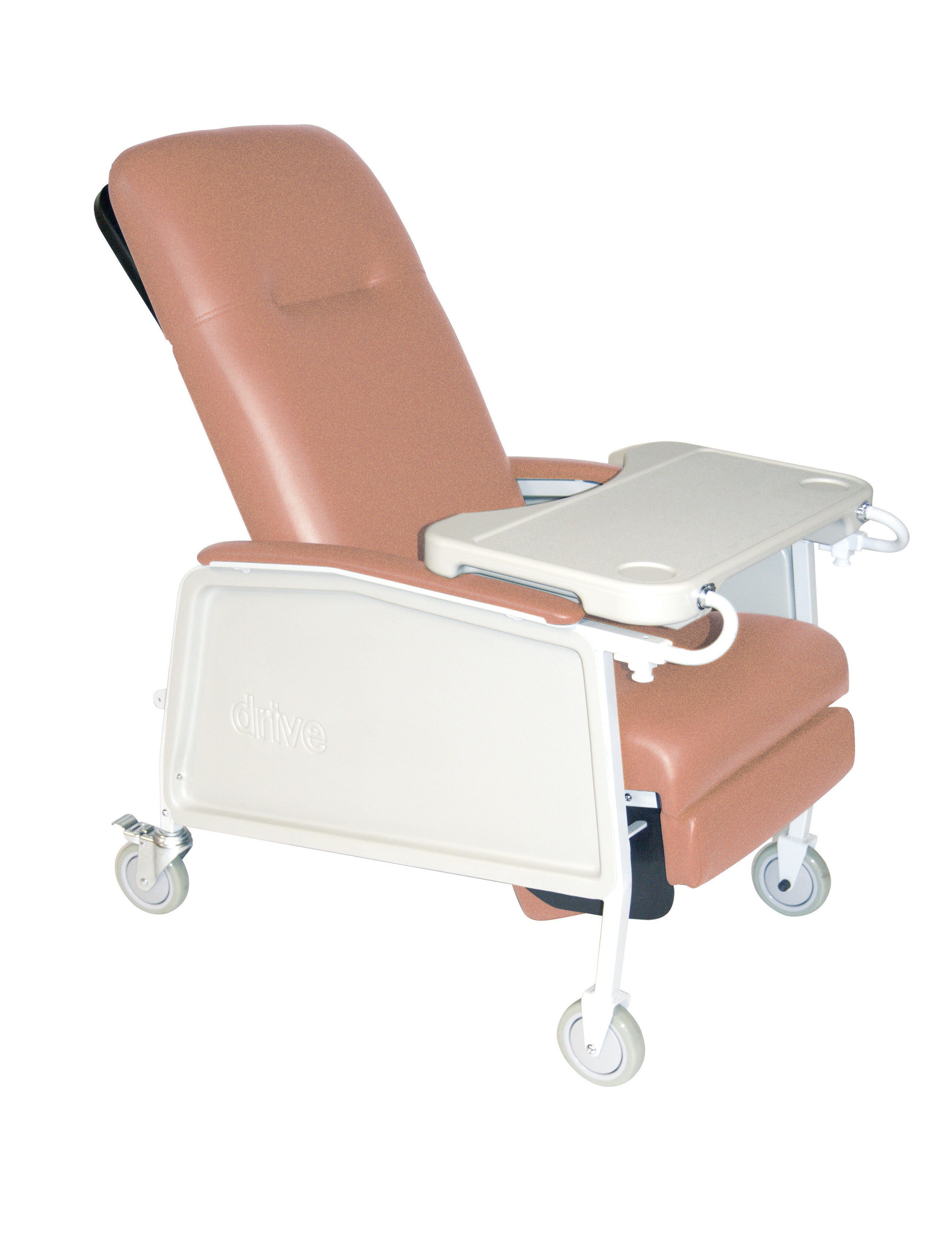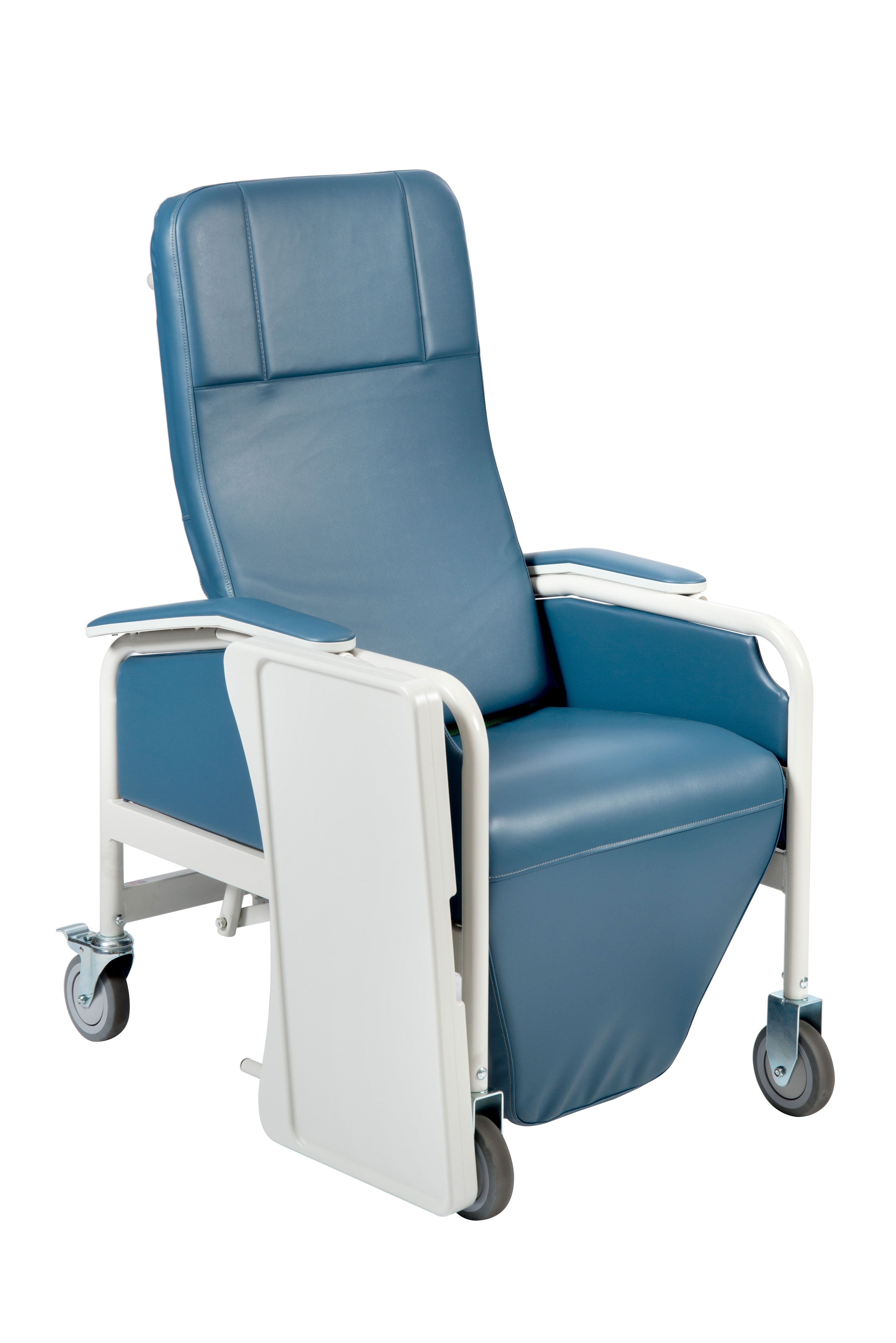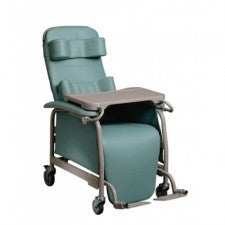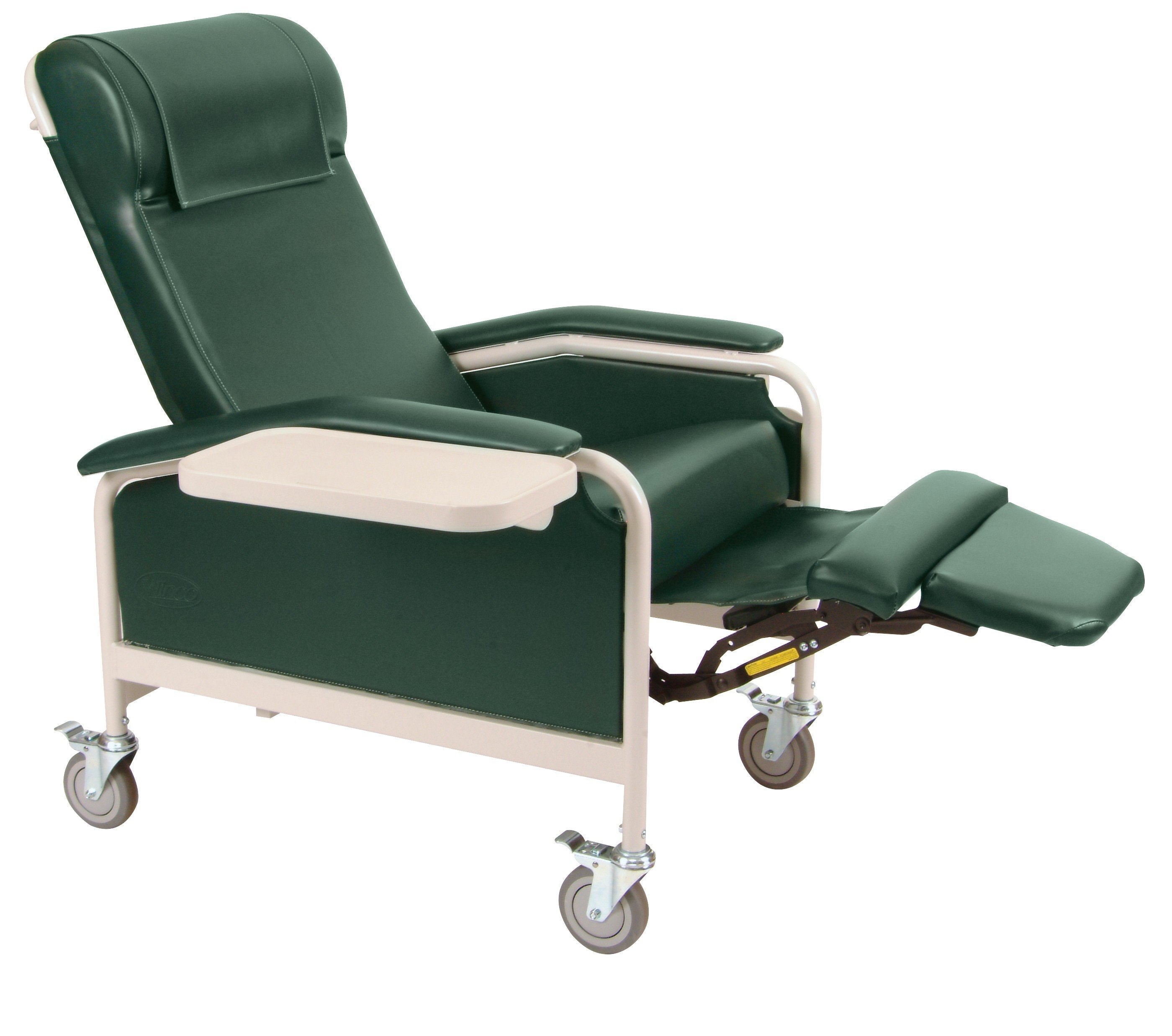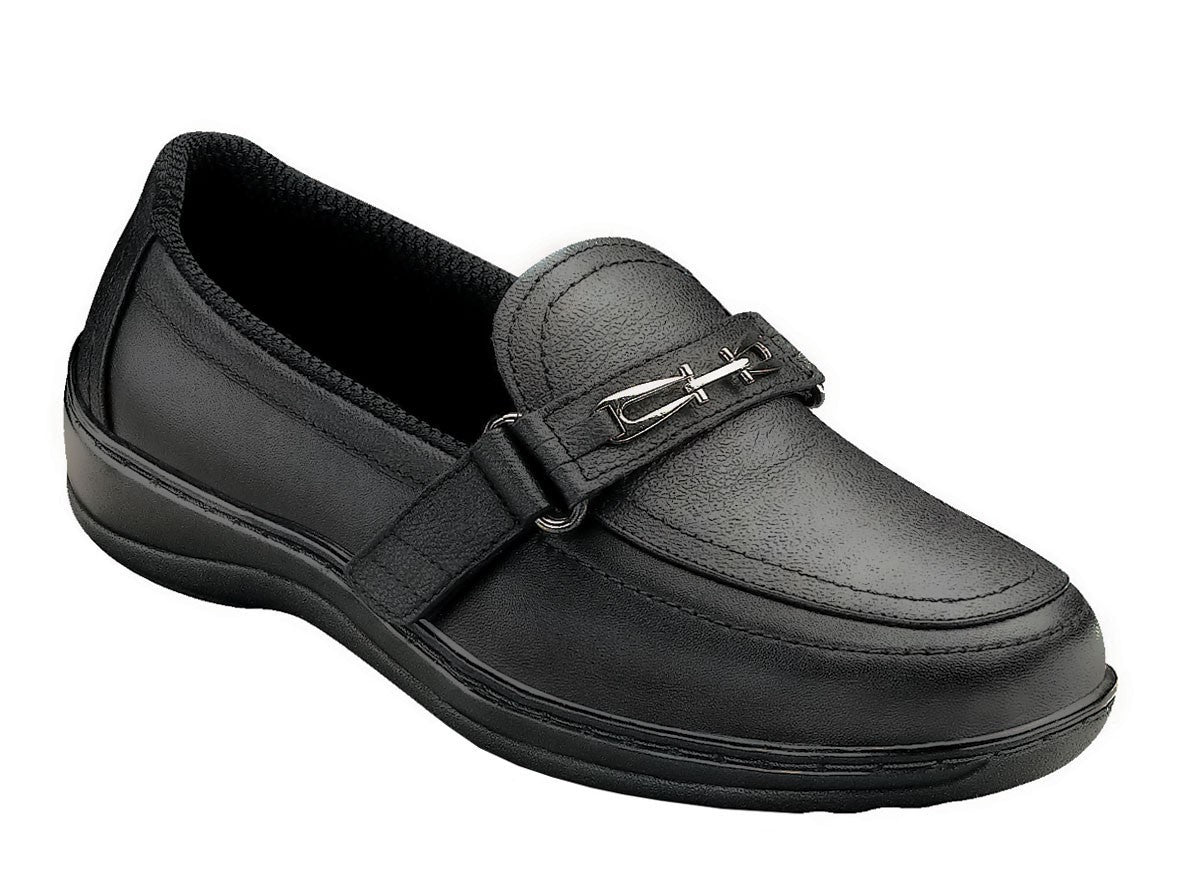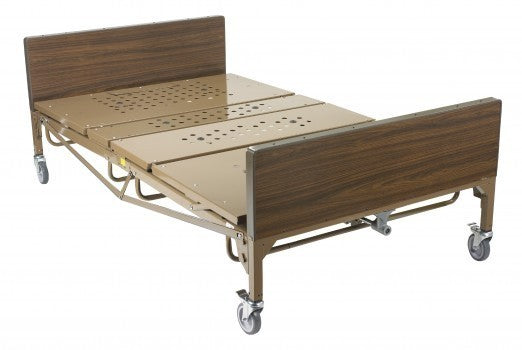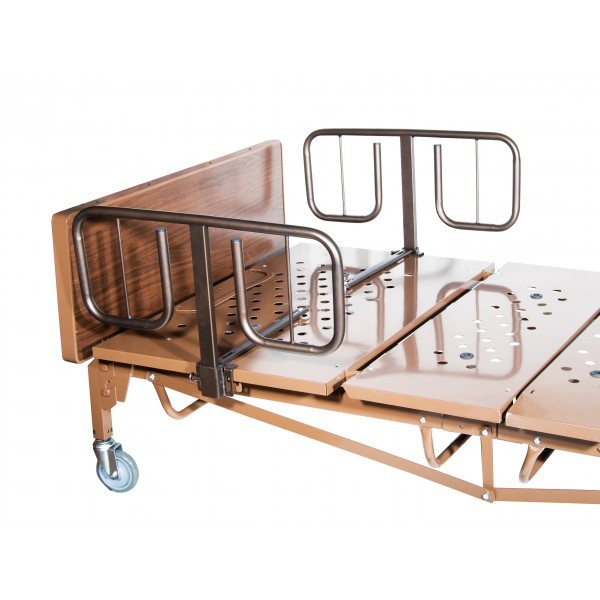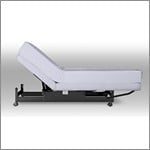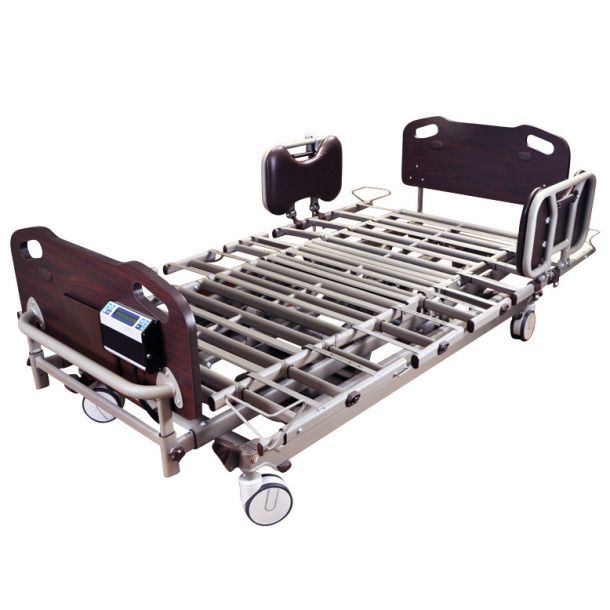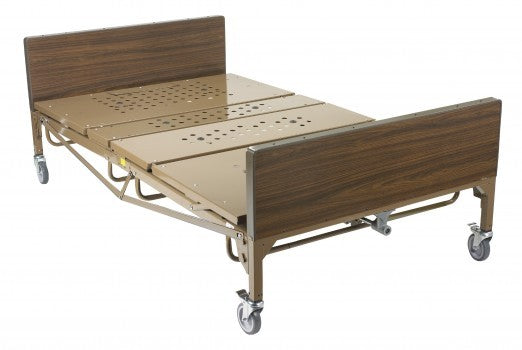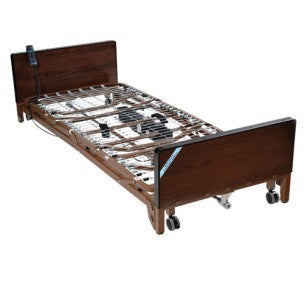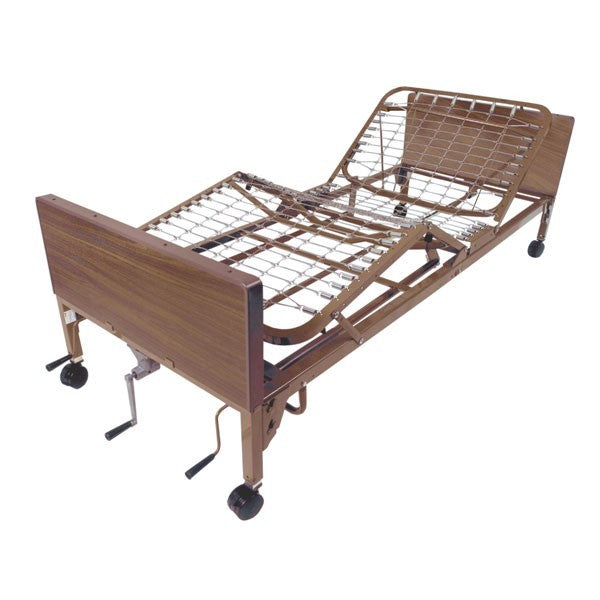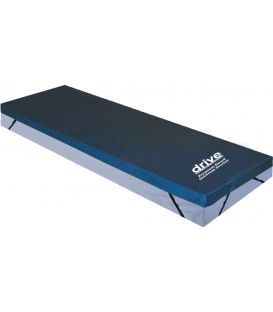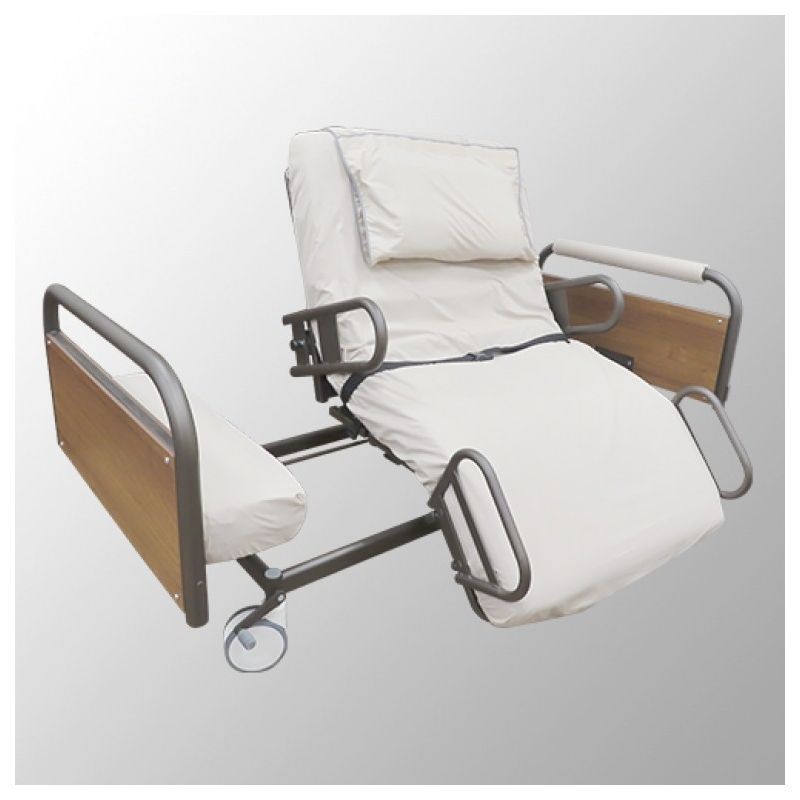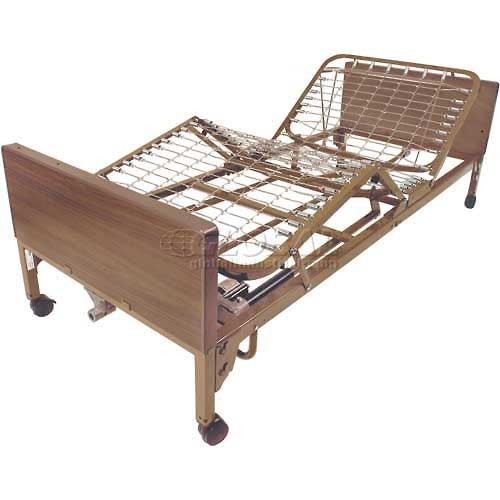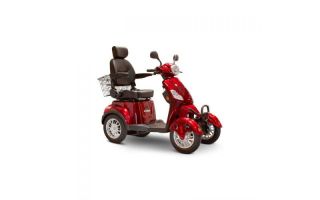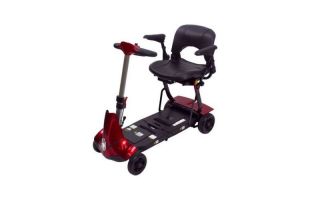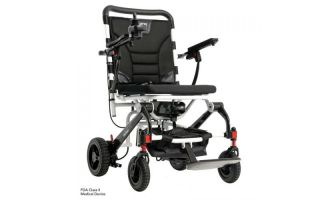Aging gracefully has long been an aspiration, yet in a rapidly advancing society, certain foundational elements continue to pose challenges for seniors. Even with the rise of innovative mobility aids, accessibility in day-to-day environments is not always guaranteed. How then, can seniors navigate these barriers, and what solutions are emerging to bridge the divide?
Environmental Challenges
Architectural and Transportation Hurdles
Cities steeped in history are picturesque, yet their age often translates to a lack of modern accessibility features. Narrow passageways, steps without ramps, and inaccessible restrooms are commonplace in older buildings. Similarly, while public transportation is a lifeline for many seniors, the design of buses, trains, and stations can present numerous challenges. High entry steps, tight corridors, swift starting and stopping motions can make what should be a simple commute, a daunting task for seniors.
Signage and Sensory Overloads
The world is filled with information, often relayed through signage. Yet, small fonts, dim lighting, or overly complex sign designs can be nearly illegible to seniors grappling with vision issues. Add to this the sensory overload of bustling spaces — the din of a busy mall or the overwhelming cacophony of city festivals — and it's clear why such environments can be disorienting.
Technological and Societal Perceptions
In an age where touchscreens dominate, seniors often find themselves at a technological crossroads. Self-service kiosks, digital maps, and automated systems, though efficient, can be intimidating. Furthermore, societal attitudes play a role. Impatient queues or dismissive attitudes can dissuade seniors from venturing out or using mobility aids openly.
Pioneering Mobility Solutions
Adaptive and Intelligent Aids
Modern mobility aids are no longer rigid tools but adaptive companions. Whether it's the length of a walking stick or the width of a wheelchair seat, customization is key. Added to this adaptability is a layer of intelligence. The integration of GPS for route planning, fall detection systems for safety, and even health monitoring sensors transform these aids into multifaceted support systems.
Comfort, Training, and Virtual Preparedness
Comfort is paramount. Today's aids prioritize ergonomic designs, ensuring that prolonged use doesn't result in fatigue or discomfort. Beyond physical comfort, there's mental preparedness. Virtual Reality (VR) offers an immersive training ground. Seniors can simulate bus rides, park walks, or even navigate a digital replica of a new supermarket, all from the safety of their homes.
Community Engagement and Evolving Products
The evolution of mobility aids isn't just about technology; it's about people. Companies and communities are increasingly organizing events where seniors can trial new products, share feedback, and learn from experts. This feedback loop is vital, leading to products that are not only advanced but also deeply attuned to users' needs. Collapsible designs, lightweight materials, and even aesthetic considerations reflect the industry's responsiveness.
Envisioning an Inclusive Future
An inclusive society is built on understanding and collaboration. While technological innovations continue to redefine mobility aids, urban planning, public transport redesign, and societal education must keep pace. The dream is a harmonious environment where seniors not only navigate with ease but also experience the world in all its richness. By collectively addressing the challenges and embracing the solutions, such a world is within reach.

